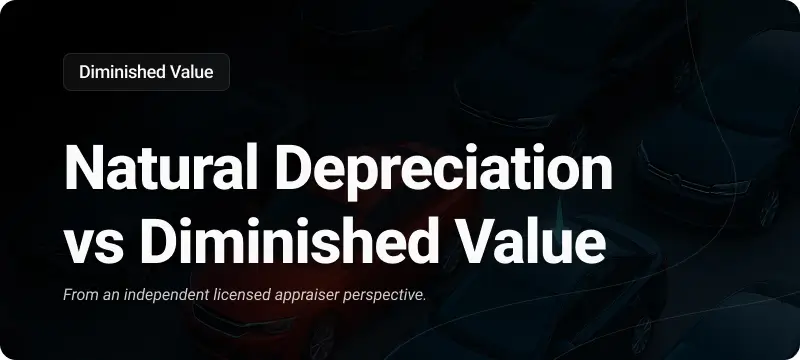Navigating the Crossroads: Economic Signals Point to a Potential Auto Pricing Precipice
As the year draws to a close, the U.S. auto industry finds itself at a crossroads, with economic signals suggesting a potential downturn in the pricing landscape. Despite a consistent selling rate throughout 2023, concerns are emerging among analysts and industry executives regarding the sustainability of this trajectory.
In November, U.S. auto sales witnessed a 9 percent year-over-year increase, reaching 1.22 million units, but underlying factors such as pricing and interest rates are beginning to cast shadows on the industry’s steady rhythm.

Analyzing November’s Auto Sales Against the 2022 Benchmark (PDF)
The Steady Rhythm of 2023
Throughout 2023, the seasonally adjusted annual rate has held steady, hovering near the 15 million mark. Despite the challenges posed by global events and supply chain disruptions, the auto industry has maintained resilience. The senior economist for Cox Automotive noted, “Overall sales have held up fairly well with all the crazy news that we’ve been living through.”
2023 Seasonally Adjusted Annual Rate in Millions:
- Jan.: 15.26
- Feb.: 15.00
- March: 15.02
- April: 15.77
- May: 15.60
- June: 16.22
- July: 16.02
- Aug.: 15.48
- Sept.: 15.73
- Oct.: 15.66
- Nov: 15.54
Bright Spots Amid Concerns
While the industry maintains its rhythm, there are notable variations among automakers. American Honda reported a significant year-over-year jump of 33 percent, with Volvo Car and Toyota Motor North America following suit at 26 percent and 17 percent, respectively. However, Ford Motor Co. experienced a 0.4 percent decline in sales, raising eyebrows in an otherwise positive landscape.
The Impact of Incentives
In the wake of Black Friday sales and special incentives, Tyson Jominy, vice president for data and analytics at J.D. Power, acknowledged November’s sales as a positive outcome compared to 2022. Despite this, Jominy highlighted the presence of an estimated “2 million sales on the sideline” due to inventory, pricing, and interest rate challenges.
Affordability on the Horizon
Affordability is emerging as a potential hurdle for the industry in the coming year. Toyota’s senior vice president for automotive operations, Andrew Gilleland, acknowledged that while affordability isn’t an immediate concern, automakers may need to be more aggressive with incentives in 2024 as inventories rebuild.
The average incentive per light truck and spending on cars is expected to rise, indicating a shift in consumer behavior towards affordability-driven decisions.
Fleet Dynamics and Market Shifts
Fleet deliveries, a significant driver in the first half of the year, saw a dip of 2.4 percent in November 2023. Fleet volume’s share of total light-vehicle sales also decreased from 17.8 percent to 15.8 percent year-over-year.
Car share, according to the federal Bureau of Economic Analysis, fell to 19.2 percent in November, hinting at a potential market shift as consumers reassess their vehicle preferences.
Pricing and the Final Stages of Pent-Up Demand
As inventory levels recover, industry experts are questioning whether the market is reaching the final stages of pent-up demand. Jeff Schuster, global head for GlobalData, wonders if the industry is shrinking due to pricing dynamics.
The conclusion of the UAW strike, with minimal impact on inventory, prompts speculation about the industry’s cruising altitude and potential limits to growth in the coming year.
As the U.S. auto industry navigates the complexities of pricing, interest rates, and shifting consumer preferences, it stands at a crucial juncture. While November’s sales numbers appear positive, the underlying concerns raised by analysts and executives signal a need for vigilance in the coming months.
The industry must adapt to evolving dynamics, strategize for affordability, and carefully gauge the limits of growth as it moves forward into the new year.



